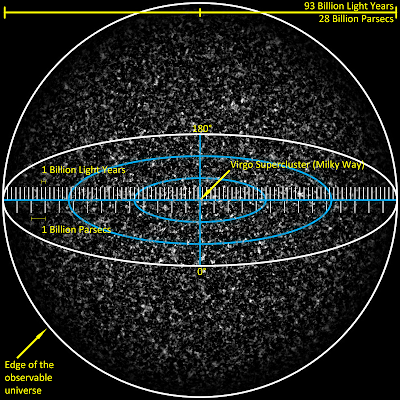This I have done for more help in the black hole question::
How much would you weigh on a stellar corpse? Lets calculate what is it really lie near a white dwarf or Neutron star. First, lets ask how strongly gravity accelerates you on a body (which is a measure of how strongly you are pulled to the surface). the force between two bodies is calculated as
F=(G x M1 x M2)/r^2
Where G is the gravitational constant --- 6.67x10^-11 Nm/kg^2, M1 M2 are the masses of two bodies, and r is there seperation. Also, froom Newtons law,
F = M1 x a
Where a is the acceleration of a body with mass M. So lets consider a situation of a mass - say, you- standing on a body, such as the Earth or a white dwarf. You are M1 and the body you are standing on is M2. The distance between the center of gravity of the body on which you stand is r. The force exerted on you is
F = M1 x a = (G x M1 x M2) / r^2
The acceleration of gravity on that world which is given as the letter g, is (G x M)/r^2. We can now calculate the acceleration of Gravity for our Earth:
g=(6.67x10^-11 x 6x10^24) / (6.4x10^6)
=9.8 m/s^2
The speed you need to get away from a body is escape velocity. It is given by the formula:
v^2=(2 x G x M) / r
For the Earth, v^2 = 2*(6.67x10^-11 x 6x10^24) / 6.4x10^6 = 1.25 x 10^8. Now remembering this is the square of the escape velocity. Taking the square root gives us 11.2 km/s. This is the speed(25,000 mph) that you have to go to escape Earths gravity. The density of a body is its mass over volume. The volume of a sphere is V = 4/3 x pi x r^3, so
d = M/((4/3) x pi x r^3)
= 6x10^24 / (1.33 x 3.14 x (6.4x110^6))
= 5500 KJg/m^3
Now ill answer the questions (figuring out yourself) myself. Aswers are not given in the book.
Q1. What is the acceleration of gravity at the surface of the sun!?How much greater is it than Earths? How much would you weigh on the sun?
My Ans:
Mass of sun = 1.98x10^30 kg
r = 6.96x10^8 m
G = 6.67x10^-11 Nm/kg
so:
g = (G x M)/r^2
= (6.67x10^-11 x 1.98x10^30)/6.96x10^8^2
= 272.6 m/s^2
How much greater:
Earth= 9.8 m/s^2
sun= 272.8 m/s^2
greater = 272.8 / 9.8
= 27.8 times the earth
How much will I weigh:
me = 40 kg
sun g = 272.8
wheight = 272.8 x 40 = 10912N #OMG! I weigh 1.1 tonne
Q2. What is the escape velocity of the sun? How much is it greater than Earths?
My Ans:
G = 6.67x10^-11 Nm/kg
M = 1.98x10^30 kg
r = 6.96x10^8 m
so:
v = sqrt(2 x G x M)/r
= 616035.7 m/s = 616 km/s # nice
Q3.what is the density of the sun? My Ans:
V = 4/3 x pi x r^3
d = M/(4/3) x pi x r^3
v = 4/3 x 3.142 x 6.96x10^8
= 1.412x10^27m = 1.412x10^24km
d = 1.98x10^30 / 1.412x10^24
= 1.3943kg/m^2







